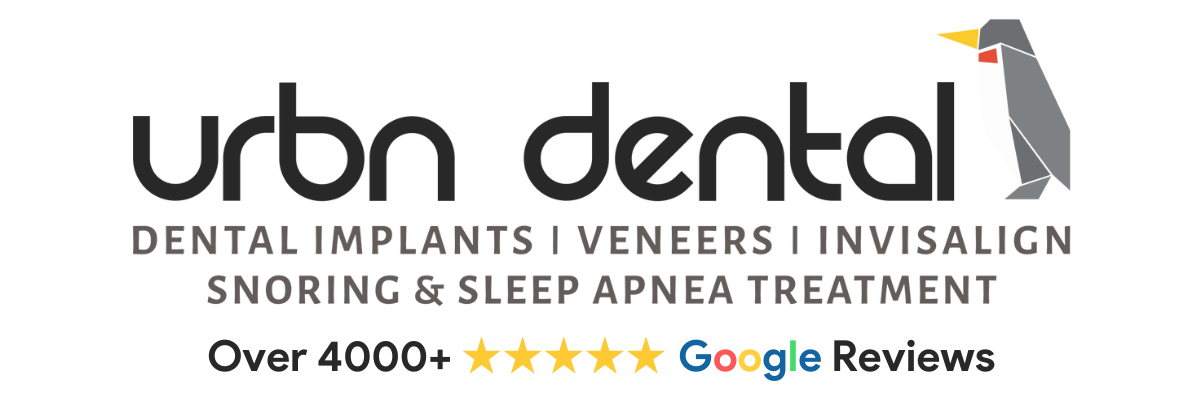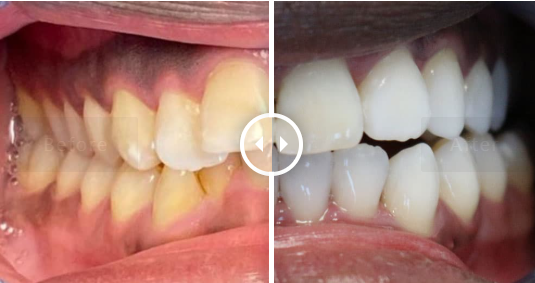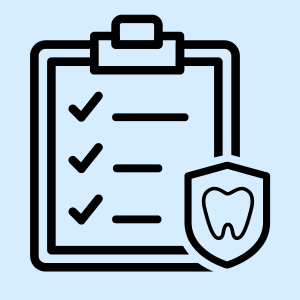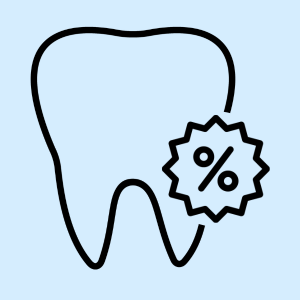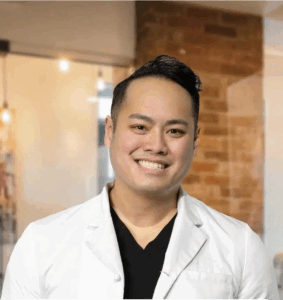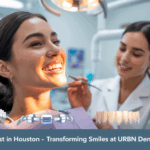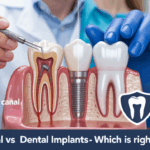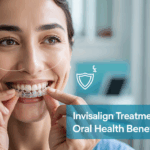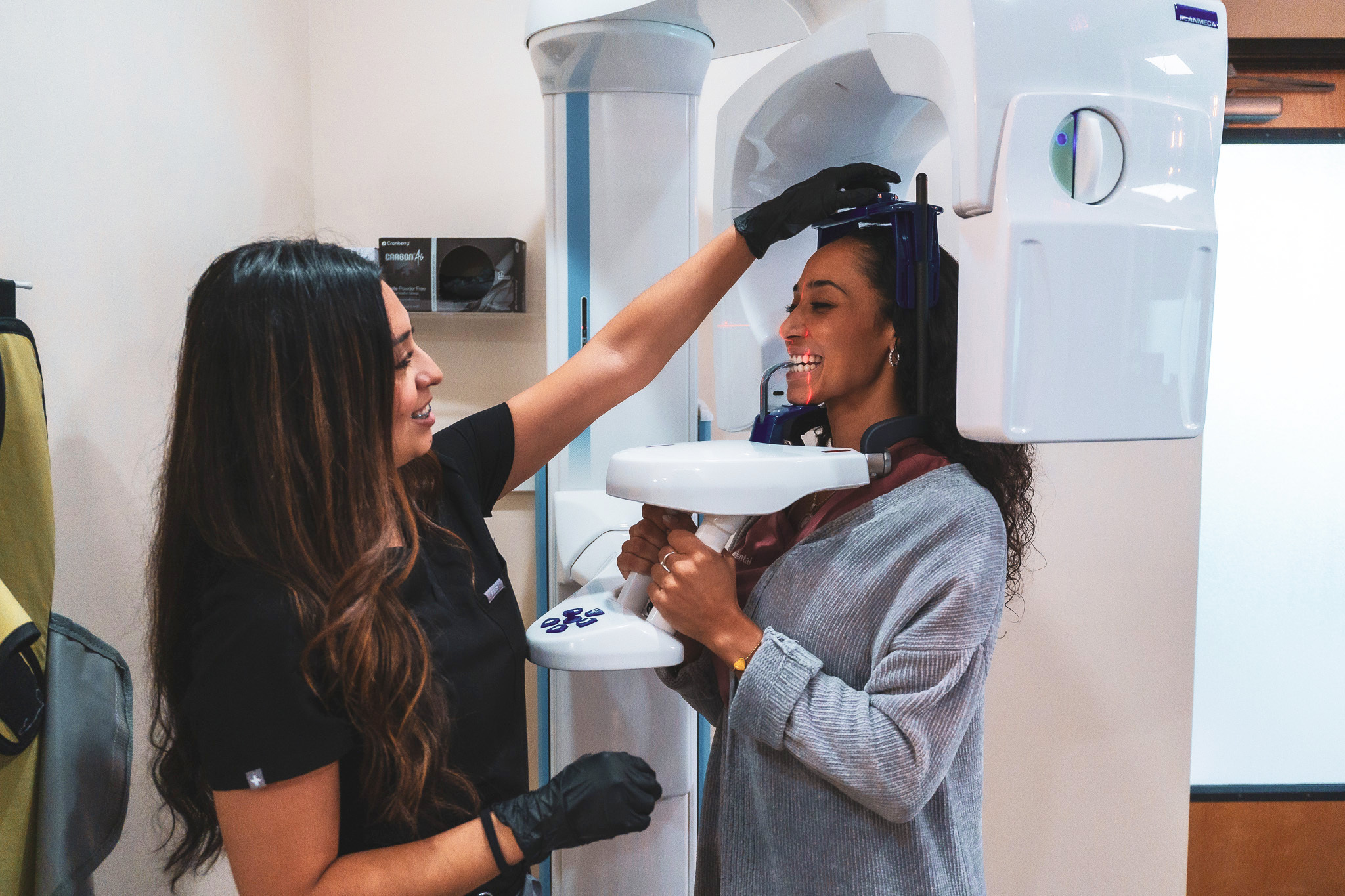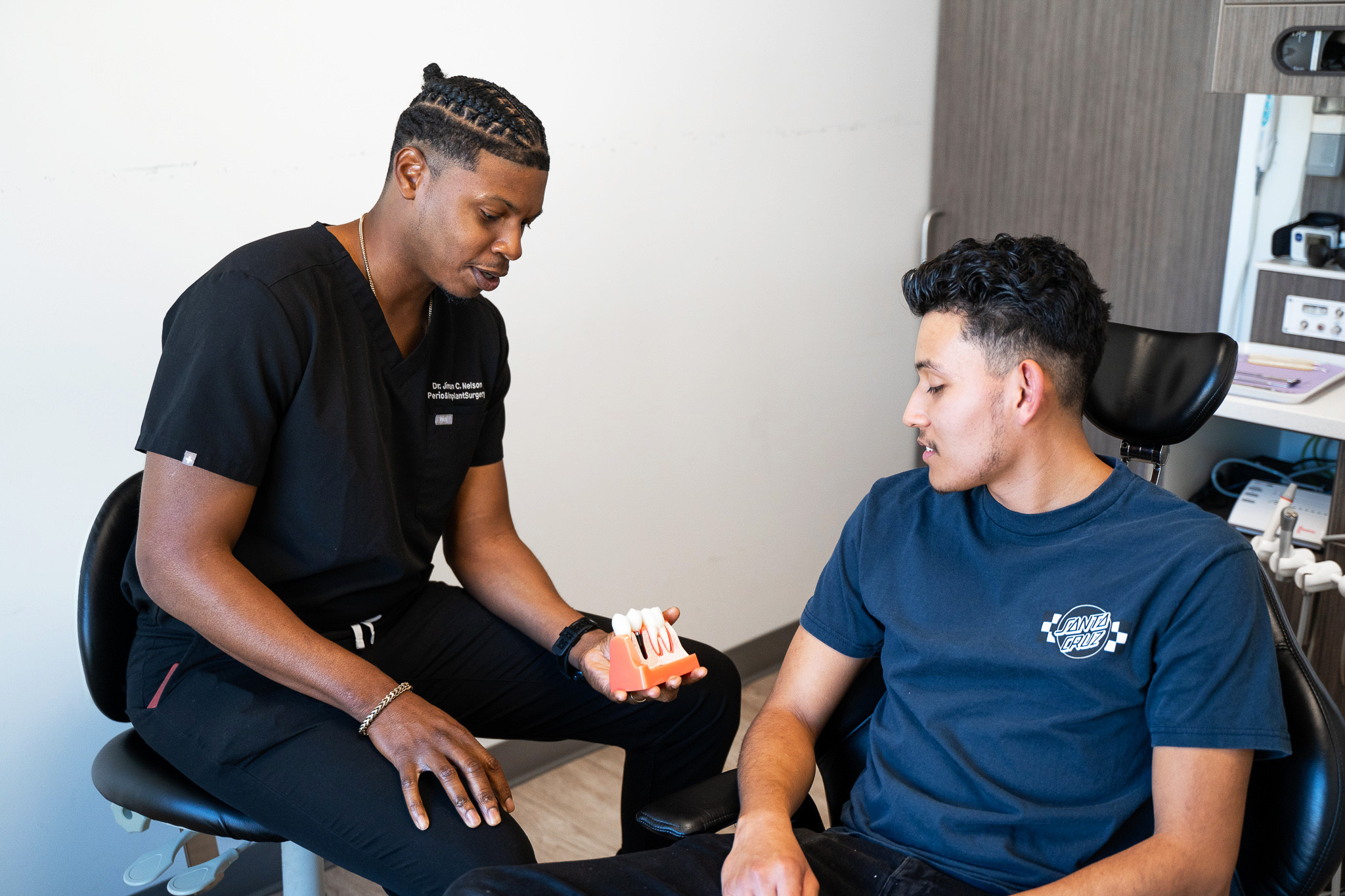What Are Panoramic X-Rays?
Panoramic x-rays, also known as panoramic radiographs, are dental digital x-rays that go all around the teeth and face. The panoramic x-ray machine rotates around your head and captures numerous images of your teeth, allowing the dentist to investigate potential jaw or wisdom teeth irregularities. Panoramic x-rays offer visuals that are otherwise impossible for the naked eye.
The goal of dental x-rays, in general, is to reveal parts of your teeth and mouth that remain hidden from the naked eye, allowing the dentist to diagnose dental conditions at the earliest stage possible. Panoramic x-rays take that purpose to the next level, allowing dentists to view your teeth and internal anatomy more than traditional dental x-rays. Panoramic x-rays are extraoral x-rays, which means nothing is inserted in your mouth. In most cases, dental X-rays involve placing a film inside the mouth to capture images, which can be slightly uncomfortable for some people.
But the panoramic x-ray machine contains the panoramic film, which rotates around your head to capture panoramic images of your teeth and mouth. While bitewing x-rays and traditional dental digital x-rays need to be taken every couple of years, panoramic x-rays are taken as necessary. Instead of focusing on individual teeth, panoramic X-rays provide a better view of the mandibular nerve, nasal region, and sinus. When a patient is severely uncomfortable, a panoramic x-ray can identify the underlying problems that may contribute to pain.
What Does A Panoramic X-Ray Show?
- Issues related to implants, braces, dentures, and other dental work.
- Issues related to the jawbone, such as a fracture or inflammation.
- Signs and symptoms of cavities and dental decay.
- Signs and symptoms of gum disease and periodontitis.
- Signs indicating you have or may have TMJ disorders.
- Issues related to the wisdom teeth located at the back of the mouth.
- Issues related to impacted teeth, i.e., teeth that remain stuck under the gum line.
- Cysts and other abnormalities in the gums and soft tissues.
Panoramic x-rays show a wide range of conditions. They allow dentists to diagnose dental decay, cavities, gum disease, TMJ disorders, impacted teeth, wisdom teeth problems, cysts, and other problems at an early stage. Furthermore, panoramic dental x-rays are suitable for patients with extreme gag reflexes because the x-ray device isn’t inserted into the mouth. Dentists can also use panoramic radiographs to strategize treatment plans for implants, dentures, braces, and other dental work.
Benefits of Panoramic X-Rays
Panoramic x-rays are not only useful for detecting hidden dental issues, but they also offer several advantages for both patients and dentists:
- Comfortable process: Since nothing is placed inside the mouth, patients with sensitive gag reflexes or dental anxiety find panoramic X-rays much easier to tolerate.
- Comprehensive view: They provide a full image of the jaws, teeth, nasal area, and sinuses in one scan, making it easier to detect multiple concerns at once.
- Early diagnosis: By showing hidden issues such as impacted teeth, bone abnormalities, or cysts, panoramic x-rays help dentists identify problems before they become severe.
- Efficient planning: Dentists can use panoramic radiographs to plan orthodontic treatments, implants, or oral surgeries with greater precision.
- Lower radiation exposure: Compared to multiple traditional X-rays, a single panoramic X-ray generally uses less radiation, making it a safer choice when appropriate.
Panoramic x-rays combine accuracy, efficiency, and patient comfort, making them a valuable tool in modern dentistry.
How Are Panoramic X-Rays Taken?
Panoramic x-rays offer dentists an ear-to-ear, two-dimensional image of the upper and lower jaws. This allows the dentist to identify the condition of the wisdom teeth and whether dental implants will affect the mandibular nerve near the lower lip. The Panorex machine includes a rotating arm that holds the panoramic radiograph and the moving film.
Your head is positioned between the two ends of the panoramic X-ray machine. When activated, the panoramic x-ray machine moves around your head while taking pictures of your entire head and mouth. The dentist zooms into the reproduced images to identify the smallest of details. Panoramic x-rays use less radiation than other types of dental x-rays, so they’re extremely safe.
Are Panoramic Dental X-Rays Necessary?
Panoramic dental x-rays aren’t routine x-rays. If traditional dental digital x-rays can’t reveal certain conditions, panoramic x-rays can be taken, but they’re not a standard diagnostic tool for everyone. Panoramic x-rays are usually necessary when the dentist identifies potential irregularities with cysts, wisdom teeth, implanted teeth, and the possibility of dental implants affecting the nerves near the lower lip. They provide a wide view of the jaws, teeth, and surrounding tissues, thus visualizing more issues than possible with traditional X-rays.
How Often Should You Have A Panoramic X-Ray?
Panoramic x-rays aren’t routine dental x-rays. You should generally undergo digital dental X-rays as a part of your routine dental checkups once every 6 to 12 months. But your routine dental x-ray is done with intraoral x-rays or bitewing x-rays. Panoramic x-rays are only used when the dentist needs to focus on specific irregularities or if you have a severe gag reflex that makes traditional digital dental x-rays difficult. Your dentist will inform you when a panoramic X-ray is necessary or indicated.
How Much Does A Panoramic X-Ray Cost?
The cost of your panoramic X-ray will depend on numerous factors, including the cost of the dental clinic and the number of images necessary. Your dentist will inform you about the cost of your panoramic radiographs.
How Much Are Dental X-Rays?
The cost of your dental digital x-rays depends on numerous factors, including the type of x-rays, the number of x-rays, the location, and other factors. Your dentist will inform you about the cost of your dental x-rays.
What Are Other Types Of Dental X-rays?
Other dental x-rays include bitewing x-rays, occlusal x-rays, and periapical x-rays. Each type of dental digital x-ray serves a unique function — your dentist will select the ideal dental x-rays for you.
Schedule An Appointment For Panoramic X-Rays At Our Dental Office In Houston, TX 77046
URBN Dental is a state-of-the-art dental clinic specializing in cutting-edge dental treatments using the latest and safest technologies. We use advanced digital dental x-rays and panoramic x-rays to identify and diagnose your dental conditions and offer proactive treatments. You can find our dental clinic at 3201 Allen Parkway, Houston. Please schedule an appointment to explore your dental x-ray options at our dental clinic in Houston, TX, 77046.
URBN Dental Services in Houston, TX
Houston | Katy | Montrose | West University Place | Greater Third Ward | Greater East End | North East Houston | Houston Heights | Central Northwest | Fairbanks | Acres Home | East Houston | Southeast Houston | Central Southwest | Fort Bend Houston | Brays Oaks | Meyerland Area | Sharpstown | Alief | Westchase | Memorial | Northwest Houston | Katyland | Whispering Lakes | Pine Lakes | Woodcreek Reserve
